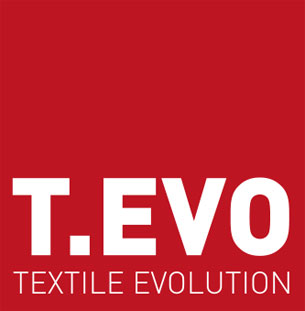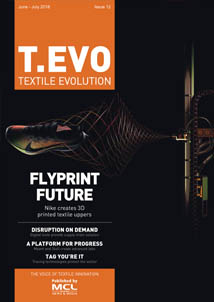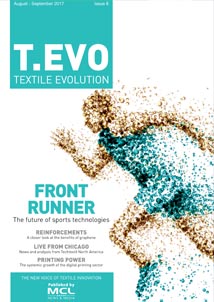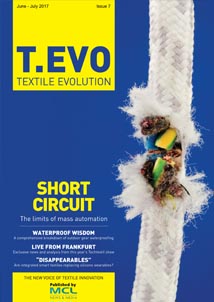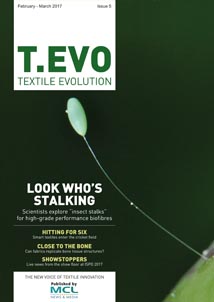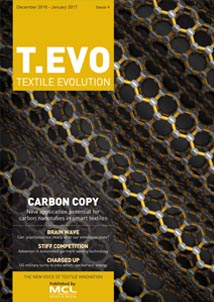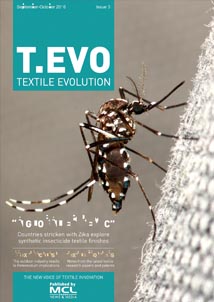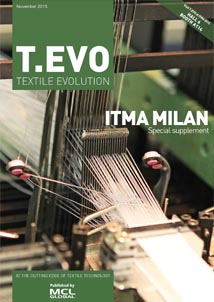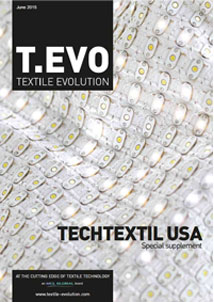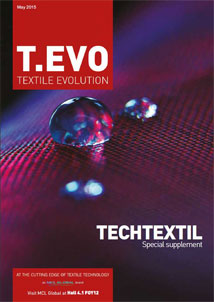THIRUVANANTHAPURAM – Scientists at the National Institute for Interdisciplinary Science and Technology, India, claim to have developed a lightweight, flexible and water-repellent wearable antenna which can be 3D printed and embedded into textiles for applications in military uniforms.
Typically, production of similar antenna has involved thin copper films attached to glass reinforced epoxy substrates, this compromises flexibility and thus makes it difficult to successfully combine with textiles. This, researchers say, has been overcome by using flexible, conductive silver ink for printing both the bottom electrode on the polyester fabric and the E-shaped patch antenna.
The use of this silver ink, rather than copper, means it will not oxidise and therefore performance is far less likely to be inhibited. The antenna which is around 3 cm long and 4 cm wide, is described by researchers as flexible, light weight and built to operate at around 3.37 GHertz. It is also coated with a PVC polymer to make the surface hydrophobic and can be interwoven into textiles for WiMAX (Worldwide Interoperability for Microwave Access) applications.
Applications for this technology are said to lie in telemedicine, defence and environmental monitoring. In order to enhance flexibility and to prevent the ink permeating the material during screen printing, scientists hot pressed three layers of the textile with polyacrylate sheets in between the layers; these polyacrylate sheets then acts as an adhesive.
One of the research paper’s authors, Dr. P. Mohanan, Cochin University of Science and Technology, said: “Our goal is to make wearable antenna which can be embedded in the jacket worn by soldiers in remote locations. We can connect the antenna to different sensors such as temperature, pressure and ECG sensors and the data can be transmitted to a remote server. The antenna can sense and communicate data in a non-intrusive manner. This way we can monitor the health of soldiers.”
Web: www.niist.res.in
